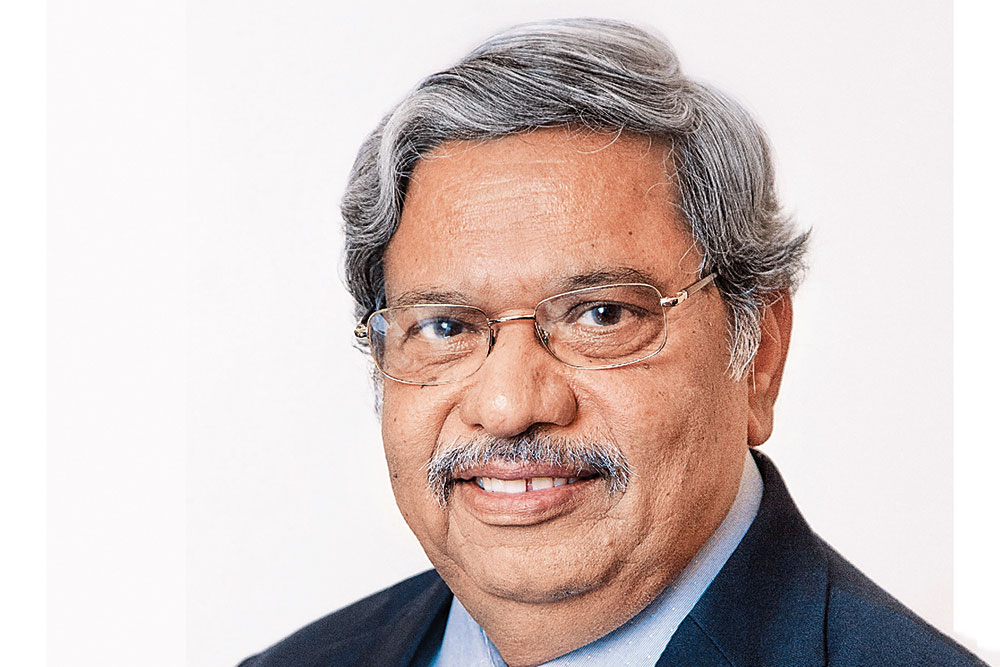Last November, India made bold environmental commitments at the 26th Conference of the Parties to the United Nations Framework Convention on Climate Change held in Glasgow. With its net-zero target set for 2070, the country signalled its intent to lead the way globally.
Replacing fossil fuels with cleaner alternatives will be a key challenge. While solar and wind power are seen as alternatives to fossil fuels for electricity, hydrogen is rapidly emerging as an alternative for industry and transportation. Its higher energy density, as compared to petroleum fuels, makes it very attractive. Besides, the resources needed for the production of hydrogen are well-distributed around the world, thereby minimising energy security risks.
In 2020 alone, 20 countries, including Australia, Canada, the USA, Japan and Germany, announce their hydrogen policies. India announced a National Hydrogen Energy Mission (NHEM) in 2021. This came a year after BP, a British oil company, in its 2020 Energy Outlook report predicted that India’s oil and gas imports will double by 2050. Such forecasts justify India’s step towards hydrogen as it will also reduce its vulnerability to international prices.
Genesis of Green Hydrogen
Currently, grey hydrogen is produced by using methane, a fossil fuel, in a process that emits carbon dioxide. Cleaner hydrogen can be produced by splitting water molecules through the process of electrolysis using electricity. If this electricity comes from renewable sources, we get green hydrogen.
However, there are two major challenges—the cost of production and storage and transportation. Currently, its cost of production ranges between $3.6 and $5.8 per kilogramme. To become a viable energy source, it needs to come down to under $2 per kilogramme. This will require a reduction in the cost of renewable power and electrolysers. As commercial scale manufacture of electrolysers picks up, costs will come down. The cost of renewable power is already seeing a dip, having gone down to under Rs 2 per kilowatt hour.
Hydrogen is risky to store and transport owing to its highly inflammable nature. Large consumers like steel and cement plants are good early-stage users as in-situ production minimises the need for storage and transportation. However, for wider deployment, such as in shipping, aviation and trucking systems, safer ways will have to be evolved.
A Cleaner Step Forward
To lead globally, India needs early and transformative action through pragmatic policy push from the government. With NHEM, it has already taken the right step, but it will also require collaborative action from the industry. The country needs to set up national targets and instill confidence in private players to invest in new technology. It also needs to ramp up international collaborations for more effortless transfer of technology and resources. India should take the lead in setting up an international hydrogen alliance akin to the International Solar Alliance.
The cost of green hydrogen should be brought down by incentivising domestic manufacturing of electrolysers at scale, reducing the cost of solar panels and offering tax incentives. Purchase commitments from governments should be enhanced and a few important industries, like oil refineries, steel, fertiliser and cement, can be mandated to use a certain percentage of green hydrogen.
The generation of hydrogen from biomass should be promoted, as it also has the potential to increase the income of farmers. Lastly, it is important to fund and scale up research on newer hydrogen technologies.
While the 2020-21 Union Budget gave hydrogen a push, India needs to ramp up manufacturing capability. Being an early adopter will help the country play an important role in green hydrogen’s global supply chain.
The author is the CEO of the World Resources Institute in India. A former IAS officer, he was also the principal author of India’s National Urban Transport Policy adopted in 2006











